Balthazar’s Gift: Frankincense
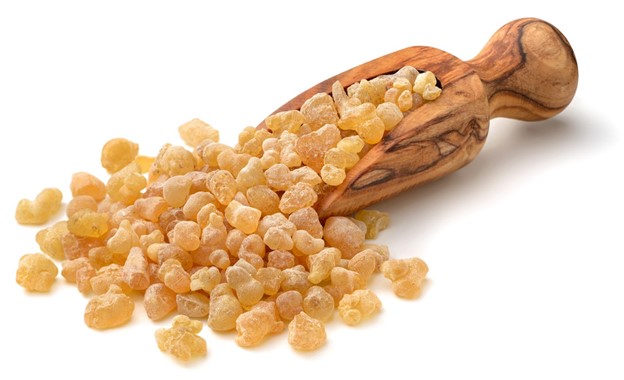
by Michael Tierra
Have you ever wondered what the Holy Family did with the three gifts brought to them from the far-off lands in the East by, according to tradition, the Magi? The Bible doesn’t say. The Armenian Christian tradition describes three Magi: Balthazar from Arabia, Gaspar from India, and Melchior from Persia (what is now known as Iran). The term “Magus” denotes astrologer, and so these three followed the stars to bring precious gifts to the prophesized newborn king and savior of humankind. But how were they used? As we shall see, Balthezar’s gift of frankincense was truly worthy of a king’s blessing of health and well-being for all people.
After a recent visit to the Arabian Peninsula, and with a little herbally-fanciful biblical revisionism, I present Magi Balthazar’s gift, frankincense (for the sake of brevity I must leave the gifts of the other two Magi, Gaspar’s myrrh and Melchior’s gold – which I take the license to transpose as “red gold,” a common name for saffron – to a later blog). In ancient times, frankincense was widely traded and sought after for incense, while traditionally and increasingly up to the present we find it sold as a highly effective natural non-steroidal anti-inflammatory called “boswellia” with, I might add, none of the long-term risks associated with pharmaceuticals such as Ibuprofen or aspirin.

BALTHAZAR’S GIFT: FRANKINCENSE
Balthazar, the Magi from Arabia, brought frankincense, (Boswellia sacrae; family: Burseraceae) of which the finest quality is found in Oman, an Arab country on the Southern coast of the Arabian Peninsula. One usually thinks of frankincense as perfume or incense, something I would surmise as being of unique value, especially in hot, subtropical, arid regions, and at a historical time when there would have been limited opportunities for bathing. Frankincense certainly could have been useful for Mary who, according to the Christmas story, gave birth in a stable and spent her recovery there under the protective care of Joseph while snuggling next to a cow and a donkey for warmth. I doubt that Balthazar’s offering was used in that way but it certainly could have been since the scent of burning frankincense not only covers most odors but also destroys airborne pathogens.
Frankincense was a hot commodity in ancient times and literally considered worth its weight in gold (which shows how desperate people were to cover up the not-so pleasant smells of the time!). It so happened that one of the offshore stops we had on our Arabian cruise was the modern city of Salalah in Oman. A short drive from there were the ruins of the ancient trading port city of Sumhuram where tons of the finest quality frankincense was either shipped or carried overland to distant places throughout the world. When we explored the region, we saw numerous frankincense trees (variously called boswellia, olibanum and in the Bible, “Bdellium”) growing throughout the subtropical arid desert of Oman and were told it grows abundantly throughout the nearby Dhofar mountains in rocky ravines and crevices straddling exposed rocks and precipices. We also learned that frankincense trees are slow growing and can attain a height of 6 to 7 ft, with one or more trunks. Its bark has the texture of paper and peels off easily. It needs to be 12 years old before it can be scarified and tapped.
FRANKINCENSE: WHAT’S IT GOOD FOR?
- Inflammation
- Blood stasis
- Bacterial infection
Frankincense can be used cosmetically, medicinally, and as incense for eliminating surface and airborne bacteria. Medicinally, its primary use is for the treatment of general inflammation and associated pains as well as trauma anywhere in the body. As a matter of fact, it can be considered an across-the-board natural alternative for problematic drugs such as ibuprofen and aspirin.
Frankincense moves blood, which widens its scope of action to include cardiovascular disease, the prevention of strokes and heart attacks, and a wide number of other conditions. This gives rise to its major contraindication: pregnancy, and its cautionary use: bleeding disorders or for those on blood thinners. Other than these conditions, frankincense is very safe to use.
Inflammation is considered a unifying cause for all disease as the body uses inflammation to ward off infection. It occurs as a result of wear and tear of body parts, injury, trauma, poor diet, and harmful lifestyle habits. The body then produces white blood cells as part of an immune response with the result being pain, swelling and redness. Inflammation then causes many illnesses including cardiovascular disease, arthritic and rheumatic conditions, dementia, Alzheimer’s, diabetes, and cancer. Chronic inflammation, therefore, is associated with practically every known disease which is one reason herbs such as frankincense and turmeric as so valuable.
In terms of injuries and trauma, the natural healing perspective of inflammation and pain occurs when there is some blockage or impediment to normal circulation of blood and vital energy (qi). The treatment then is to remove the blockage of qi and blood, which in turn relieves inflammation.
Cancer also has an inflammatory component. Chemicals used to relieve damaged tissue can damage DNA over time and lead to many chronic degenerative diseases, including cancer. This is seen more obviously with people suffering from chronic inflammatory diseases such as ulcerative colitis or Crohn’s disease who are known to have an increased risk of developing colon cancer. Inflammation can also occur in cardiovascular diseases where the growth of plaque loosens the arteries and triggers blood clots, which are a primary cause of heart attacks and strokes.
In a 2006 study published in Planta Medica, a number of ways were shown how
boswellic acid in frankincense might counteract inflammation. It was noted by the authors that boswellic acid inhibits 5-lipoxygenase as well as possibly target free radicals and cytokines, all of which play a role in the treatment of inflammation.
There are numerous non-human studies substantiating the therapeutic value of frankincense for arthritis[1],[2], cancer [3], IBS and Crohn’s disease [4], dementia, Alzheimer’s, and respiratory diseases including sinusitis and asthma to mention a few. One article aptly calls frankincense the “Holy Grail” of health products. A word to the wise, however, some of these claimed benefits are from the use of its essential oil. However, the most active constituent of frankincense is not present in the essential oil but in the resin are harvested from the tree, called “tears.”
Following is an overview of some of the conditions that frankincense may be beneficial:
- As a sexual tonic and aphrodisiac
- To increase fertility in men and women.
- To stimulate brain function, memory and intelligence
- As a home remedy for coughs, colds and congestion
- To reduce the pain and inflammation associated with Arthritis and Rheumatoid Arthritis (the most common use)**
- As a treatment for Irritable Bowel Syndrome**
- Alleviating respiratory complaints such as Asthma and Bronchitis.
- To treat diabetes.
- To ease the irritation of urinary tract inflammations
AYURVEDIC AND TRADITIONAL CHINESE MEDICINE USES OF FRANKINCENSE
Ayurveda uses Boswellia serrata, known variously as salai or salal (interestingly, Salala is the town by the major port for shipping frankincense to the ancient world). This species has a similar function to and can be used interchangeably with Boswellia sacrae for medicine. It is classified as bitter, pungent, astringent, and sweet with paradoxically both heating and cooling energies due to its anti-inflammatory properties. It lowers vata, pitta and kapha but in excess may aggravate vata. In fact, the main side effect from an excess of crude boswellia is possible slight reflux or gerd-like reaction. As with all uses of frankincense, it relieves pain because of its blood and qi moving properties.
Traditional Chinese Medicine (TCM) uses Boswellia carterii, or ru xiang, which grows mainly in East Africa and China. Its energy and flavors are pungent, pungent, bitter, and warm, entering the Heart, Liver and Spleen organ channels. Its primary actions are to relieve pain, invigorate blood circulation and heal external trauma and wounds. The recommended daily dose is from 3 to 9 grams. It has the same contraindications – not for use during pregnancy – and same caution for those taking pharmaceutical blood thinners.
TCM commonly combines frankincense with myrrh, both of which treat pain by relieving blood and qi stagnation, although frankincense moves qi more while myrrh moves blood more. Thus, the two together form a perfect synergistic action.
We learned that Bedouins steeped a teaspoon of the resin ‘tears’ in a cup of room temperature water overnight and slowly sipped it throughout the next day. Frankincense (boswellia) may be used as a single simple to relieve pain and is one of the most effective pain-relieving botanicals I know. Take it as a single or it may be combined in a synergistic formula with turmeric and myrrh, or even better with the Ayurvedic preparation called guggul combined with the Ayurvedic formula, Triphala, to ease any GI disturbance.
ECOLOGICAL CONCERNS
Frankincense is exported by the tons each year and as a result of “over-exploitation and ecosystem degradation,” is considered as ‘nearly threatened.’[5] With increasing world demand, efforts at replanting and cultivation are insufficient. As well, over-tapping weakens the tree’s ability to defend itself from disease and reproduce itself at a rate for sustained violability. However, to simply stop using frankincense threatens the vital livelihood of Bedouins who make too small a percentage from frankincense sales and profits. In such cases, companies should purchase directly from contracted harvesters, which would assure a need for care and cultivation and ethical wildcrafting. As with many botanicals, this would go a long way to preserve this ancient resource for generations to come.
FRANKINCENSE PREPARATIONS
How to powder frankincense
Many preparations such as tinctures are better if the medicinal substance to be tinctured is first rendered into a powder. Grinding resin presents a unique problem because the heat of the grinder will cause the resin to stick to the blades. One solution is to first freeze the resin and then grind it in short spurts to prevent the resin from overheating. Many are wary of using grinders that may retain the smell of frankincense long after it has been processed. It can be pounded and ground by hand in small batches of about 2 tablespoons at a time.
Making a tincture of frankincense
Use a wide mouthed container. To prevent the resins from causing the lid to stick, rub a little oil on the rim of the lid. Fill the jar about a quarter of the way up with powdered frankincense and add vodka or gin (which is 40% alcohol), leaving a few inches at the top so it can be stirred. Straight 180 proof will dissolve and extract everything. This is sold in most states under the brand name “Everclear.” As a compromise I prefer 70% alcohol since some of the constituents in frankincense are better dissolved in water. This will approximately make a 1:4 tincture. You can experiment making it stronger or weaker as desired. To take advantage of the ’drawing’ power of the moon, I suggest the tincture be put up on the full moon, shaken or stirred daily and finally squeeze-strained through a cotton or linen cloth on the next full moon.
If you are making a liniment strictly for external use, you can use isopropyl alcohol.
External uses of frankincense tears
Except for burning as incense, the best way to use frankincense tears is in powdered form. There are many external uses for frankincense such as:
- Skincare
- Steam inhalation for bronchial issues
- Insect repellent
- Sore muscles
- Minor wounds
To Make a Frankincense Herbal Steam
Like eucalyptus, frankincense can open bronchial passages and sinuses, allowing you to breathe more freely.
- 1) Place 1 or 2 tbsp frankincense tears in a pan of steaming water
- 2) Cover your head with a towel and breathe in the medicinal steam.
Caution: Be sure the water is not too hot or you could actually burn your skin.
Frankincense Oil: the “Bain Marie” method
Resins such as frankincense and myrrh are oleo gum resins, which means they have a water-soluble fraction (the gum part) and an oil soluble fraction (the essential oils and the resin).
The method for making an oil, which can be used as is or rendered into a salve, is to simply infuse frankincense or myrrh in hot olive or sesame oil (or try other oils such as ghee, jojoba or even castor oil mixed with sesame or olive oil).
To make a salve or ointment, use the “Bain Marie” method in which one controls the heat of preparation by suspending the frankincense tears in a small pyrex jar or a stainless steel cup in boiling water. To this gradually add beeswax until the desired consistency is achieved. To test for desired consistency, use the old fashioned ‘spoon method’: fill a teaspoon of the oil- wax mixture and cool it by touching the spoon’s bottom to cold water. If the oil needs to be thickened, add more wax; if it needs to be diluted, add more oil.
Either the oil or the ointment can be used cosmetically to eliminate wrinkles or applied to joints, knees, wrists, fingers, or the back.
Learn more about our school and courses HERE
[1] https://www.ncbi.nlm.nih.gov/pmc/articles/PMC4556964/
[2] https://www.sciencedaily.com/releases/2011/06/110621121316.htm
[3] http://www.dl.begellhouse.com/journals/1a654bf03faf67ac,0f258d164f94b823,7dad334131e14b8d.html
[4] https://www.ncbi.nlm.nih.gov/pubmed/27117114
[5] https://www.nytimes.com/2019/07/05/science/frankincense-trees-collapse.html

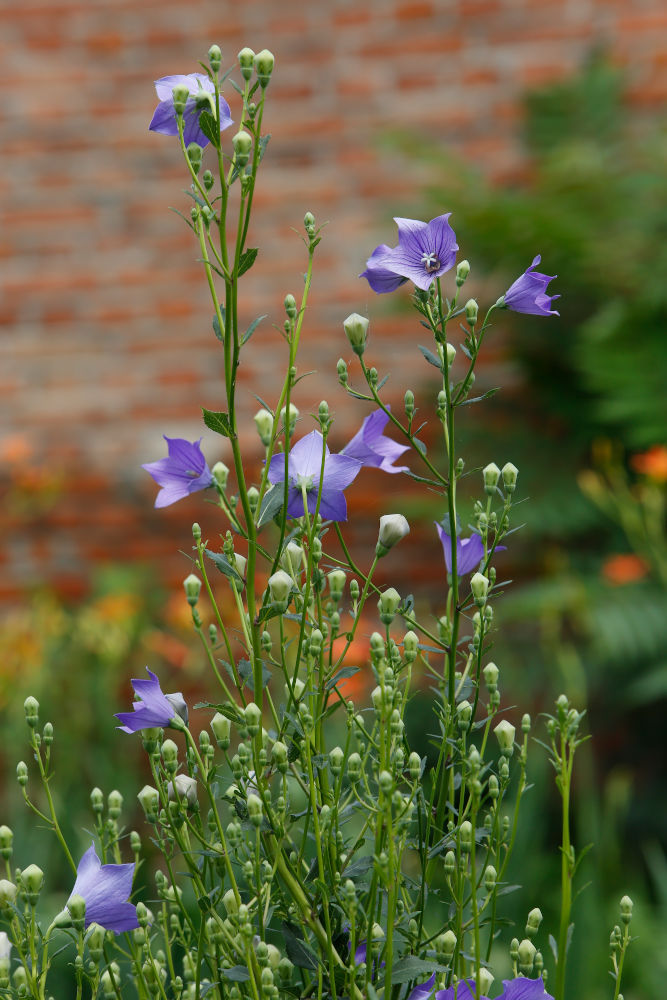

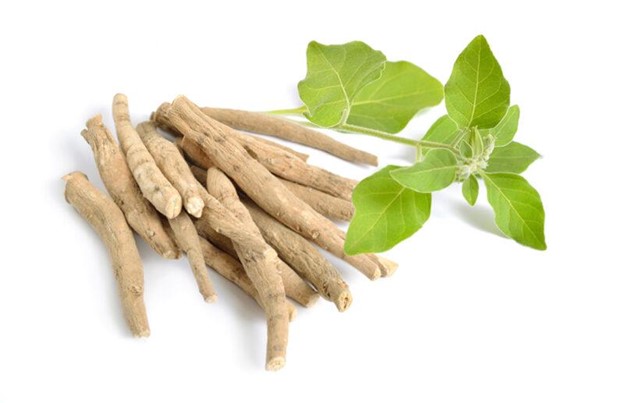
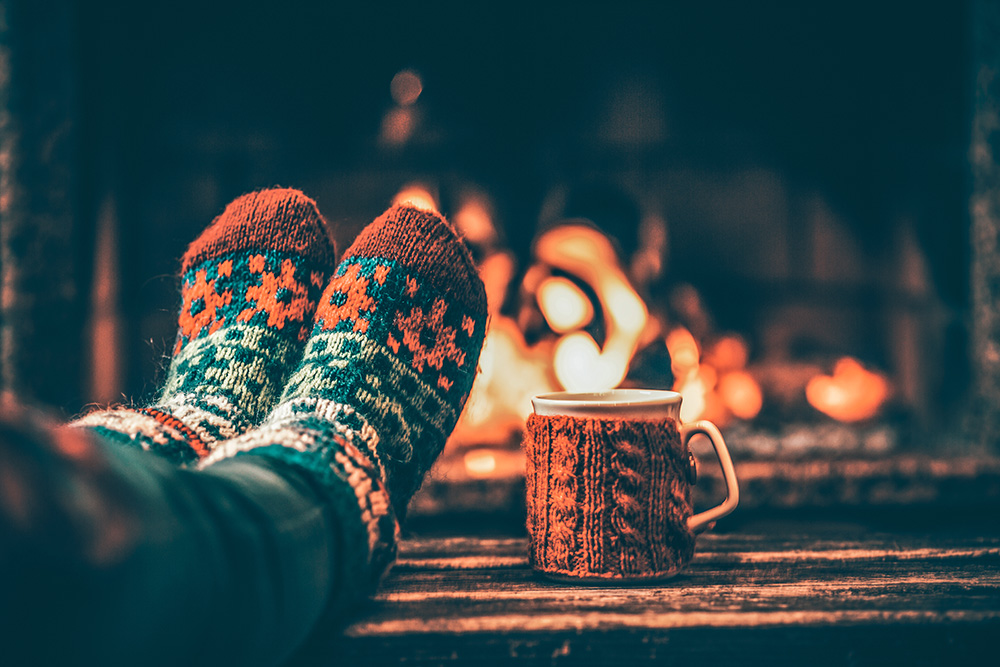
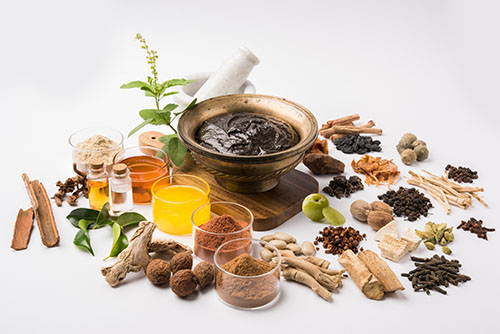
Responses